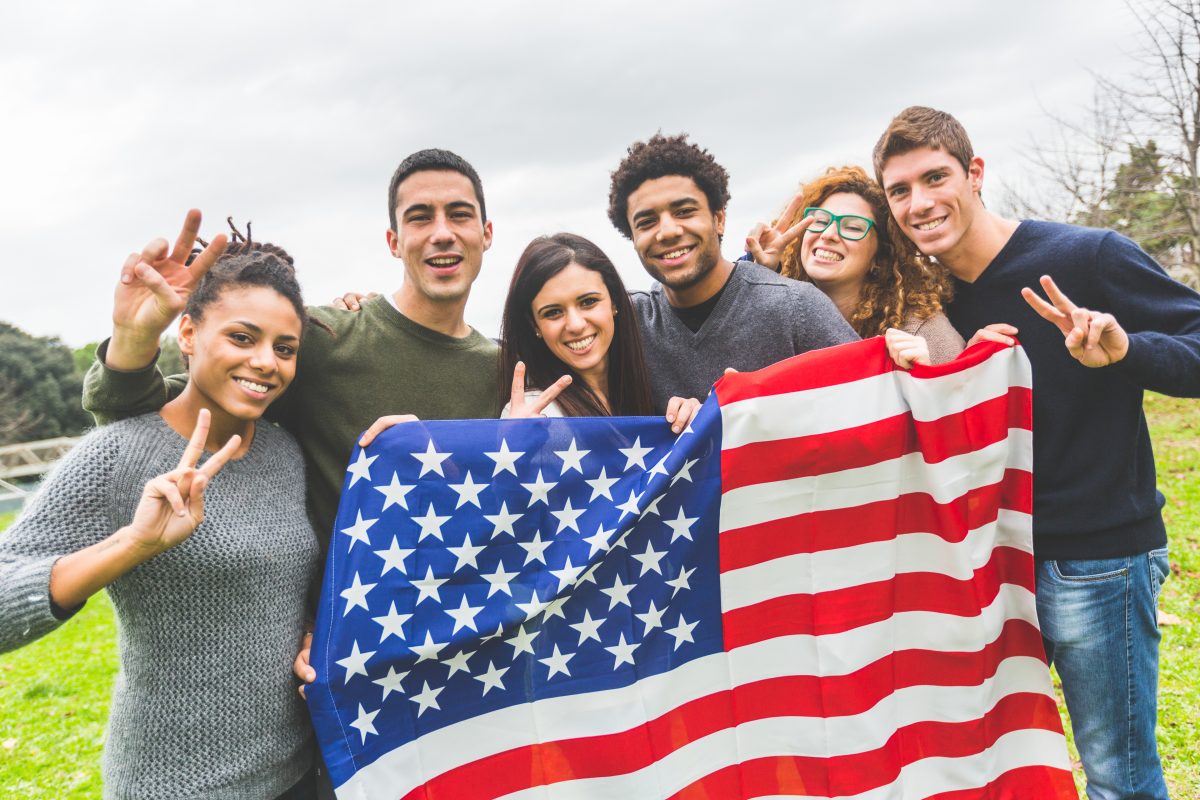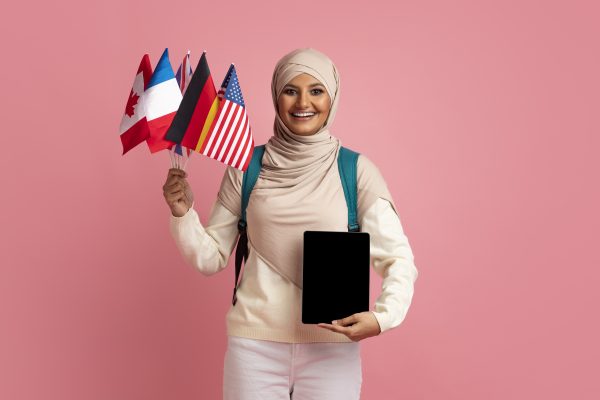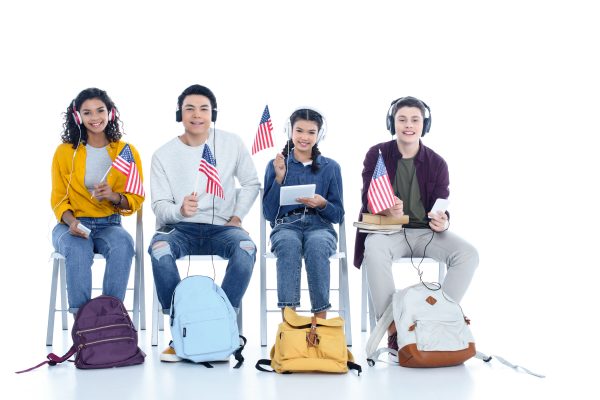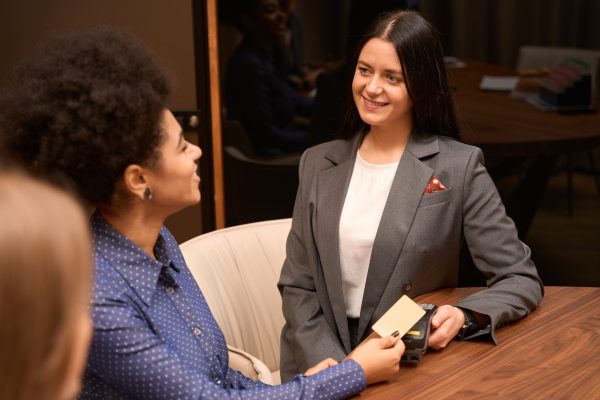How to Get an F-1 Student Visa: Step-by-Step Guide
Studying in the United States is a dream for many international students, and obtaining an F-1 student visa is a crucial step in this journey. This visa allows non-U.S. citizens to enroll in academic programs at U.S. institutions. Understanding the process and requirements is essential to ensure a smooth application. In this guide, we provide a step-by-step breakdown to help you successfully obtain an F-1 visa.

Step 1: Get Accepted into a SEVP-Approved School
Before applying for an F-1 visa, you must be accepted into a Student and Exchange Visitor Program (SEVP)-approved institution in the U.S.
How to Find a SEVP-Approved School
- Visit the SEVP website to check the list of approved schools.
- Apply to institutions that align with your academic goals.
- Once accepted, the school will provide you with Form I-20 (Certificate of Eligibility for Nonimmigrant Student Status).
Step 2: Pay the SEVIS Fee
The Student and Exchange Visitor Information System (SEVIS) fee is mandatory for all F-1 visa applicants.
How to Pay the SEVIS Fee
- Go to www.fmjfee.com to make the payment.
- Use Form I-901 to complete the transaction.
- Save the receipt, as you will need it for your visa application and interview.
Step 3: Complete the DS-160 Visa Application
The DS-160 form is an online application required for the F-1 visa.
Steps to Fill Out DS-160
- Visit the U.S. Department of State website and complete the DS-160 form.
- Upload a passport-size photo that meets U.S. visa requirements.
- Print the confirmation page with the barcode for your visa interview.
Step 4: Pay the Visa Application Fee
The non-refundable visa application fee (typically $160) must be paid before scheduling your visa appointment.
Payment Options
- Online via credit/debit card.
- At designated bank branches in your country.
- Follow instructions on the U.S. embassy website for your country.
Step 5: Schedule and Prepare for Your Visa Interview
The visa interview is a critical step in determining whether you qualify for an F-1 visa.
How to Schedule an Interview
- Log in to the U.S. embassy/consulate website for your country.
- Choose an available date and time for the interview.
- Receive a confirmation email with details of your appointment.
Documents to Bring to the Interview
- Valid passport (with at least six months of validity beyond your stay in the U.S.)
- Form I-20 issued by your U.S. institution
- SEVIS fee payment receipt
- DS-160 confirmation page
- Visa application fee receipt
- Academic transcripts and standardized test scores
- Proof of financial support (bank statements, sponsorship letters, etc.)
Common Visa Interview Questions
- Why did you choose this school and program?
- How will you fund your education and stay in the U.S.?
- What are your plans after completing your studies?
Tip: Answer clearly and confidently. Show strong ties to your home country to assure the officer that you intend to return after your studies.
Step 6: Wait for Visa Processing and Approval
After your interview, the consular officer will determine if you qualify for the F-1 visa.
Possible Outcomes
- Approved: You will receive your visa and instructions on passport collection.
- Administrative Processing: Additional documentation or background checks may be required.
- Denied: You will be informed of the reason for rejection and whether you can reapply.
Step 7: Prepare for Your U.S. Arrival
Once your F-1 visa is approved, you can start preparing for your journey to the U.S.
Key Things to Do Before Departure
- Book your flight to arrive no earlier than 30 days before your program start date.
- Keep important documents (passport, visa, I-20) in your carry-on bag.
- Arrange housing and transportation before arrival.
What to Expect at U.S. Customs
- Present your passport, visa, and Form I-20 to the U.S. Customs and Border Protection (CBP) officer.
- Be ready to answer basic questions about your studies.
- Obtain an I-94 form (arrival/departure record) after admission.
Conclusion
Obtaining an F-1 student visa requires careful planning and adherence to the official guidelines. By following these step-by-step instructions, you can increase your chances of securing your visa and pursuing your academic goals in the U.S.
If you have any doubts, consider consulting an immigration lawyer or your school’s international student office for assistance.
Best of luck with your F-1 visa application and your studies in the U.S.!













